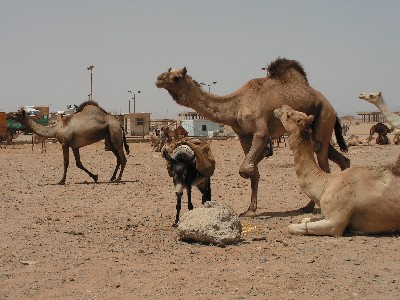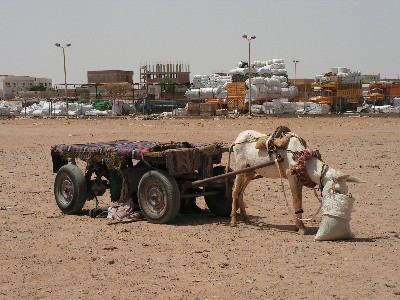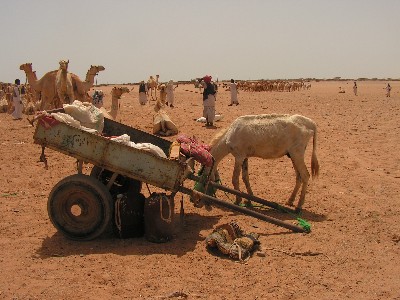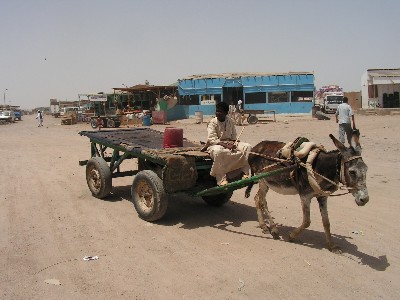wedap
Main menu:
THE ACTUAL ROLE OF ANIMAL POWER
WATER AND ENERGY FOR ALMOST EVERYBODY
A research recently published by the University of Edinburgh represents that “According to an estimate about 250 million working animals provide the draught power to approximately 28% of the world’s arable land, equivalent to 52% of total cropping land in developing countries”.

“The draught animals are mainly kept for:
- ploughing the agriculture land
- hauling carts
- pulling agricultural implements
- running certain other devices such as Persian wheels [mechanical pumps], sugar cane and seed crusher etc.
- use as pack animal (to carry load on their backs)
- handling dragging and stacking timber logs in the forests
- mobile grocery shops (selling goods on animal driven carts)
- as sports animals”

Their use – due to the different needs during the seasons – is partial. In fact, generally speaking, animal are used for one hundred – one hundred and twenty days per year. Then, there is available a large amount of energy that could be employed without compromising the health and welfare of animals. In the 90s, a publication of FAO represented that the animal power present in India exceeds the installed power of all the electric power plants of the country.

Further, there is recent memory of international request for proposal, issued by governmental organization, for the supply of thousands of ploughs hauled by animals.
There are several organization and networks for the training and development of draught animal power in developing countries. One of these is based in USA and operates in conjunction with the University of Michigan.
In several situation in Europe the use of animal work is considered the only possible solution. It is the case of dragging logs in the wood and of the precision plough in horticulture.
And also it should be considered that several patents have been requested in USA and China for electric generators powered by animal work and that, according to a study presented by the University of Edinburgh, several equipment for generate electricity have been tested in different developing countries among which South Africa and India. However it is known that this specific, potentially really useful technology, has shown real difficulties for its application and diffusion, mainly for not resolved mechanical problems. In fact none of the said equipment has reached the market.
While the solution proposed by Masseria Coppola really solves all the mentioned problems.
Now the muscular energy for the production of electric energy is utilized in several villages of developing countries but only in a very small scale. Is the case of the use of bicycle dynamo to power portable personal computers and the case of hand crank charger for radios and portable telephone sets.
